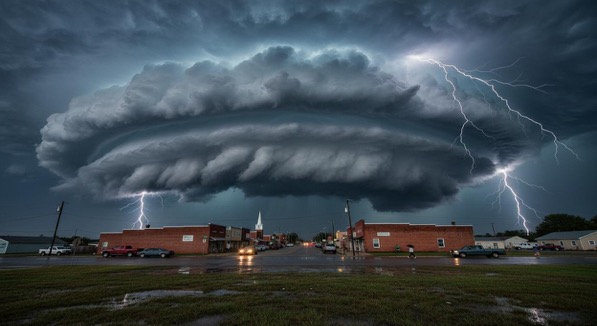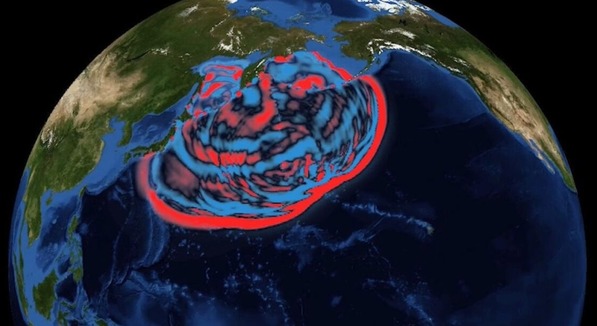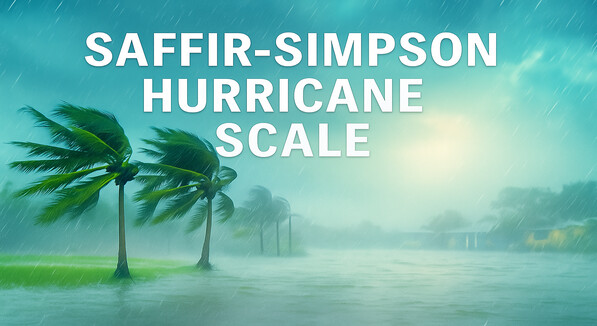WASHINGTON – At the direction of President Obama, the Federal Emergency Management Agency (FEMA) is coordinating the federal government’s assistance and preparations to support states affected by Hurricane Sandy. Today, the President joined an operations briefing at the National Response Coordination Center at FEMA Headquarters in Washington D.C. During the briefing the President received an update on preparedness activities underway from Administrator Craig Fugate and FEMA Regional Administrators, and an update on the storm from National Hurricane Center Director Dr. Rick Knabb. The President continues to direct Administrator Fugate to ensure that federal partners continue to bring all available resources to bear to support state and local responders in potentially affected areas along the East Coast as they prepare for severe weather. FEMA has already deployed teams and has pre-staged resources to potentially affected states and areas ahead of the storm and FEMA continues to urge residents in potentially affected areas to be prepared.
“As conditions worsen along the Mid-Atlantic and other parts of the East Coast, residents need to listen to the direction of local officials,” urged Fugate. “This is a large storm and the potential impacts from wind, coastal flooding, inland flooding, rain and snow will affect many states. If you’re on the coast, it’s time to act and follow evacuation orders. If you’re inland, now is the time to make final preparations. Be ready for power outages and stock up on emergency supplies of food, water, medications, and other supplies.”
Today, the President declared an emergency for the State of Maryland. The President’s action authorizes FEMA to coordinate all disaster relief efforts to provide assistance for required emergency measures to save lives and to protect property and public health and safety in the City of Baltimore and all counties in the State of Maryland.
FEMA and its federal partners remain in close coordination with states and tribal governments and continue to coordinate resources to provide support as needed. FEMA Incident Management Assistance Teams and liaison officers have deployed to potentially affected states along the East Coast to support preparedness activities and ensure there are no unmet needs. Mobile Emergency Response Support (MERS) personnel and teams are in place or are en route to Delaware, the District of Columbia, New York, New Jersey, North Carolina and Pennsylvania to support the states with secure and non-secure voice, video, and information services, operations, and logistics support to state response operations, and with any potential requests for assistance.
According to the NOAA National Weather Service 2 p.m. advisory, hurricane force winds are expected along portions of the coast between Chincoteague, Va. And Chatham, Mass. Tropical Storm force winds are expected north of Chatham to Merrimack River, Mass., the lower Chesapeake Bay and south of Chincoteague to Duck, North Carolina. Hurricane Sandy is expected to produce significant precipitation over widespread areas causing inland flooding, coastal storm surge, snow, and possible power outages.
Individuals in the region should continue to monitor NOAA Weather Radio and their local news for updates and directions provided by their local officials. State and local officials make determinations and announcements about evacuations. We urge the public to listen to the instructions of officials, and if told to evacuate – evacuate.
The FEMA smartphone app provides safety tips and displays open shelter information at www.fema.gov/smartphone-app. To find an open Red Cross shelter, download the Red Cross Hurricane app or visit redcross.org.
To support potential pre- and post storm evacuations, in coordination with U.S. Department of Health and Human Services (HHS) through Emergency Support Function 8, FEMA has the capability to activate ambulance contracts to support state requirements to evacuate patients if needed and requested.
In anticipation of the potential impact from the storm, the American Red Cross mobilized hundreds of disaster workers, readying shelters and coordinating efforts with community partners in potentially affected states and the Department of Health and Human Services has two 50-person disaster medical assistance teams pre-staged in the mid-Atlantic, prepared to deploy quickly along the East Coast if needed. The U.S. Army Corps of Engineers deployed temporary emergency power teams along the East Coast. Power teams consist of planning and response teams and resource support staff to assist with critical infrastructure.
The Department of Energy (DOE) is working closely with FEMA, and in support of state and local officials who are responsible for working with utilities as they prepare for storms, deployed emergency response personnel to FEMA Regional Response Coordination Centers (RRCC) in Massachusetts, New York, and Pennsylvania, and additional personnel are on standby to assist. DOE is working with states and local partners as the electric industry begins the process of pre-mobilizing storm and field personnel to assist in power restoration efforts.
U.S. Northern Command deployed Regional Defense Coordinating Officers (DCO), and portions of the Defense Coordinating Element (DCE), in advance of the storm, to validate, plan and coordinate potential Department of Defense (DOD) support of FEMA’s response operations and to facilitate DOD support of life-saving and response operations. FEMA and DOD are establishing Incident Support Bases in Westover, Mass. and Lakehurst, New Jersey to position supplies including water, meals, blankets and other resources closer to potentially impacted areas, should they be needed.
The Federal Aviation Administration (FAA) is monitoring the storm and will take steps to prepare and protect FAA facilities and equipment that are in the projected path of the storm, including control towers, radars and navigational aids. The FAA’s top operational priority is to quickly re-establish air traffic service to support disaster relief efforts. The FAA Air Traffic System Command Center will maintain constant communications with the airlines, the military, business aviation and airports in the storm’s path. They will advise the FAA about their flight schedules and plans to evacuate aircraft from affected areas and the FAA will share information about the status of the air traffic control system and availability of air routes.




